Restricting Books = Restricting Knowledge
January 9, 2023
School is a place where we all expect to learn and grow. We depend on our education to broaden our horizons and lead us to new knowledge in the real world. How can we trust schools to do this when some are actively doing the opposite, by stripping students of books because they are “controversial”?
In October, the Spring Lake High School board voted to remove the book Gender Queer; a Memoir by Maia Kobabe with a 4-3 vote. This outcome was rooted from the concern for the “explicit visuals”. The board decided that it would be removed from the school library, but still available through school counselors, psychologists and social workers with parental consent.
What failed to be recognized was how the affected students feel. According to The Trevor ProjectBlack and White Hand drawn Timeline Best Writers Literature Infographic (1), 45% of the lgbtq community seriously considers suicide due to mental health problems. It was also found that LGBTQ youth that feel their school is LGBTQ affirming have significantly lower rates of suicidal thoughts.
By reading representative literature, people feel less alone. Whether that’s by connecting with the characters or understanding the situation. When connecting to a character, people feel less alone in their emotions and who they are. If the readers relate to the situation, they know what they are experiencing isn’t weird and alien, but normal and valid. This company Verywellmind states that schools removing books from their libraries has a negative impact on the mental health of the students. Connecting to a book can often be all someone has, so removing those resources from struggling students leads to many problems with mental health due to their lack of representation.
Kids experiencing oppression in a variety of ways feel the lack of representation in literature. According to a diversity baseline survey done about books published, 76% of main characters in books are white, 81% are straight, and 89% are non-disabled.
In eastern Ottawa County, James Township has stopped funding their library due to voter disapproval over the availability of LGBTQ themes books. Because of that the library operates using money through fundraisers.
Ironically, many librarians agree that banning books is unfair and ineffective. “Ultimately, as a librarian, I am just very supportive of intellectual freedom, which is the freedom of reading,” said Allison Boyer, the head of youth services at Loutit Library.” “I think the easiest way to say it is that every person should be able to find their own book.”
Although Spring Lake High School is providing their newly banned book, “Gender Queer; a memoir”, through school counselors with parental permission, this doesn’t solve the problem.
Not all queer youth have come out to their parents, so how can we expect them to be comfortable with asking their parents to read books that contain LGBTQIA+ themes? Legally, parents have the right to choose what their child can and can’t read until they’re 17, but emotionally this is damaging and restrictive. Children should be able to decide for themselves what they read, especially if they are not comfortable discussing the topic of their sexuality with their parents, for example: if the student is in the closet.
Beside exposure to controversial topics, some people believe certain books should be banned because of violence. Some of these books include The Absolutely True Diary of a Part-Time Indian, The Hate U Give and The Bluest Eye; These are all books written by BIPOC authors. Contrastingly, books like Game of Thrones and Lord of the Rings remain unbanned; Both of these books are written by White authors.
According to a study done by Stetson University, reading ‘violent’ banned books doesn’t have any correlation with violent actions. In fact, the study also found reading banned books increases the civic behavior of people.
In a media-filled world, kids reach any information through a simple search, so why are we so concerned with restricting material that does the same but in a more educational manner? These challenged books bring new perspectives and identification to readers, so let’s avoid emptying the library of them.

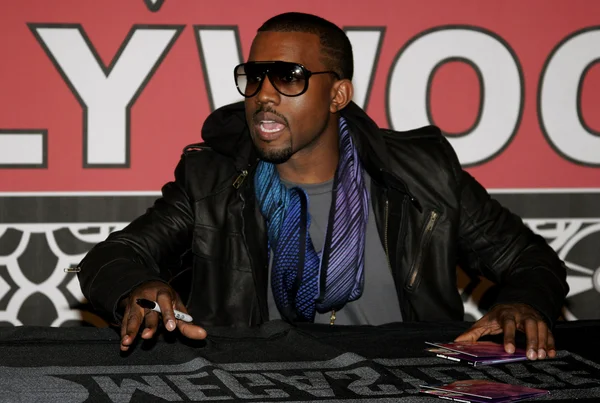



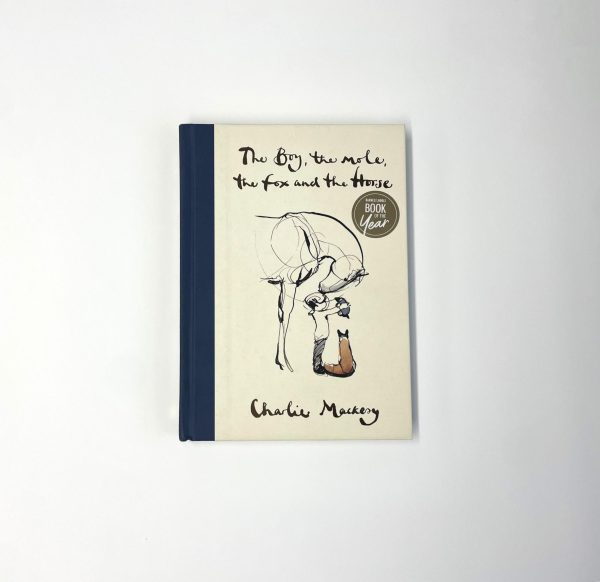
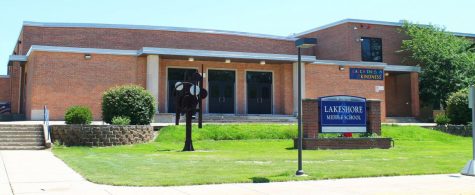
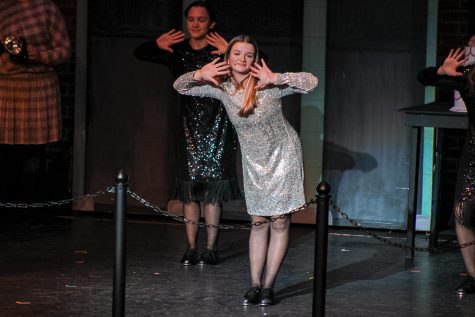
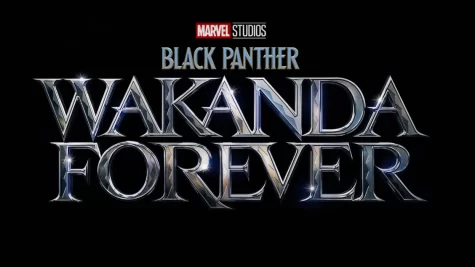
Juliet • Apr 26, 2023 at 4:52 pm
Amazing article with so many great points